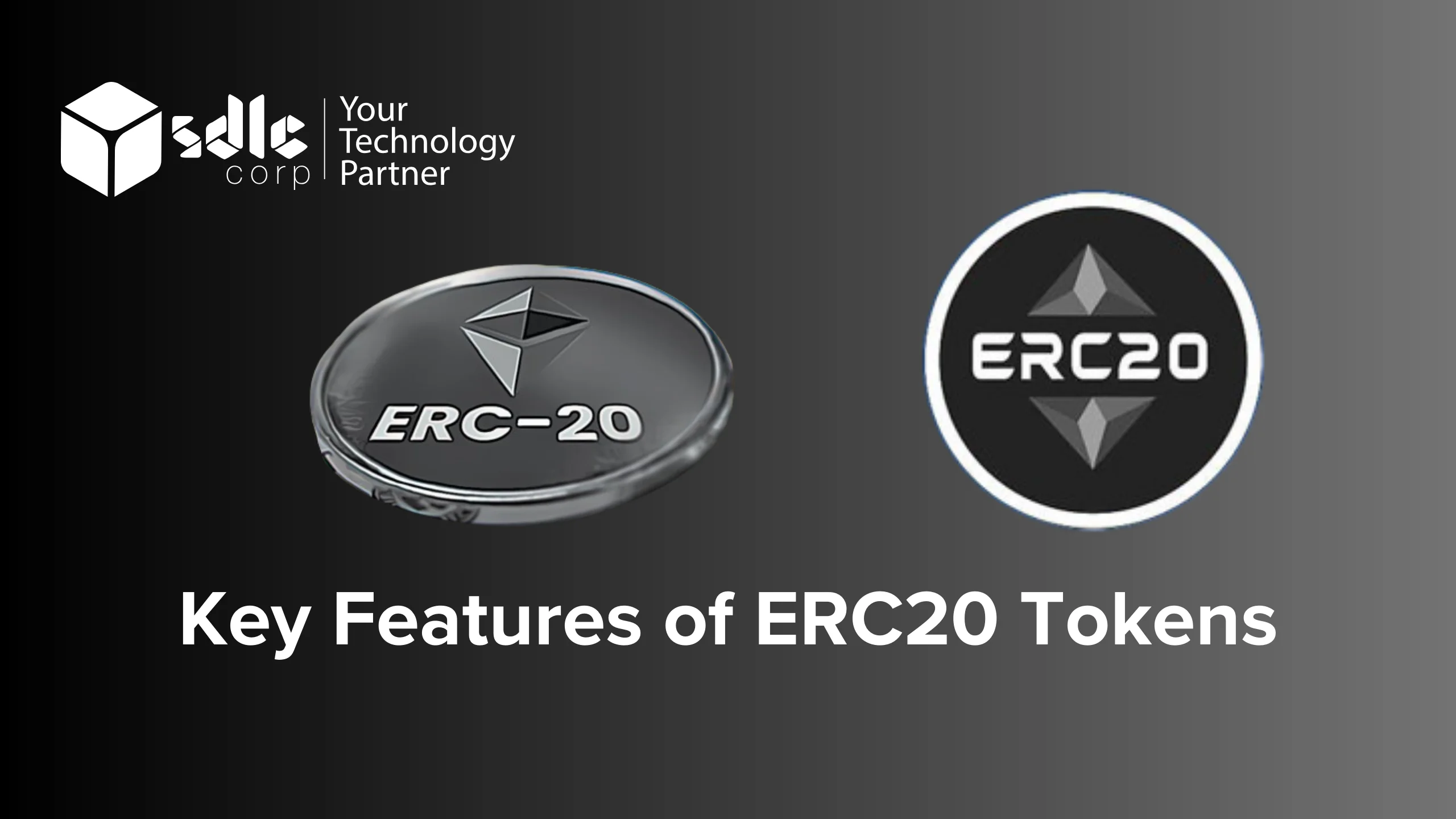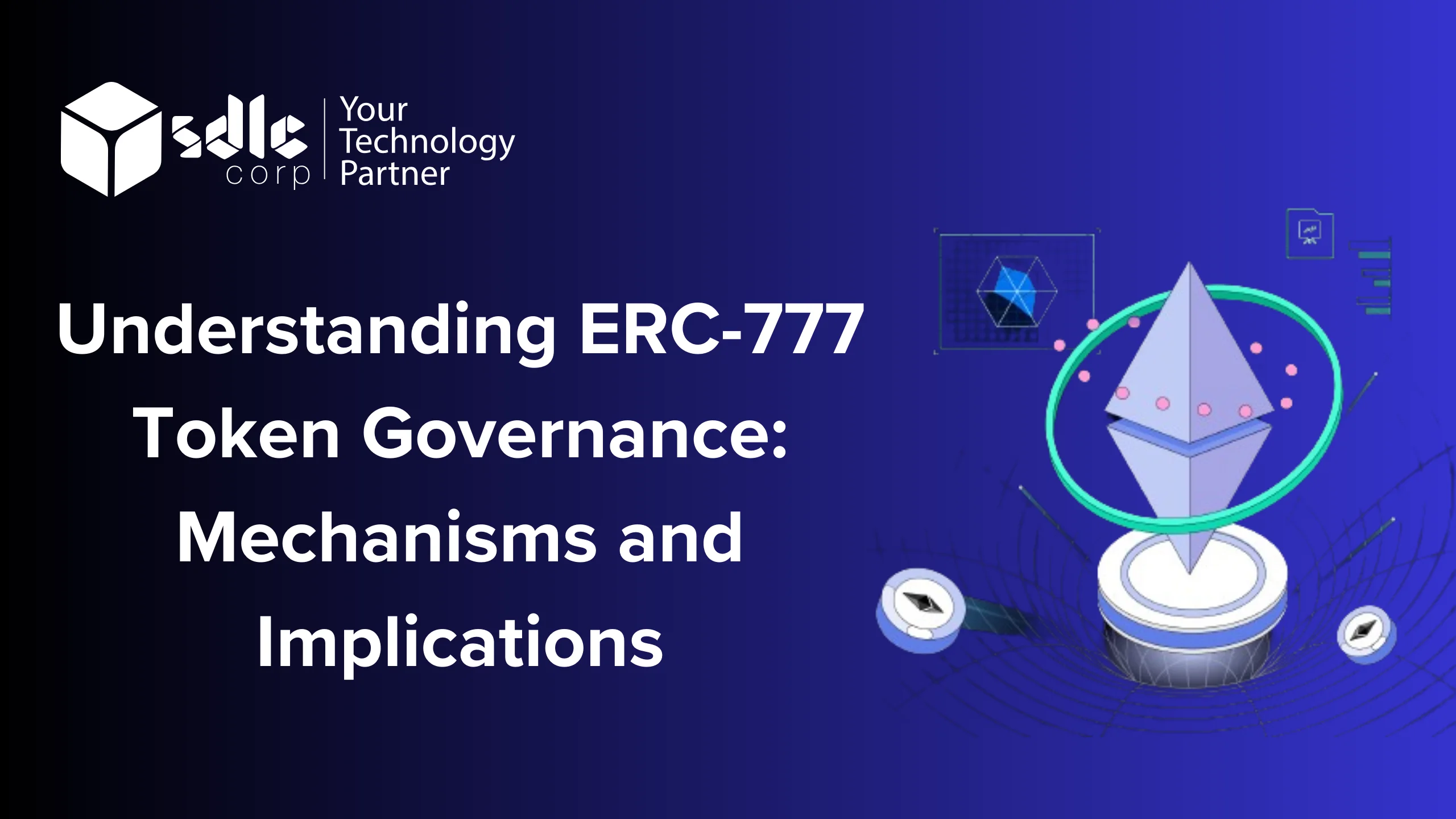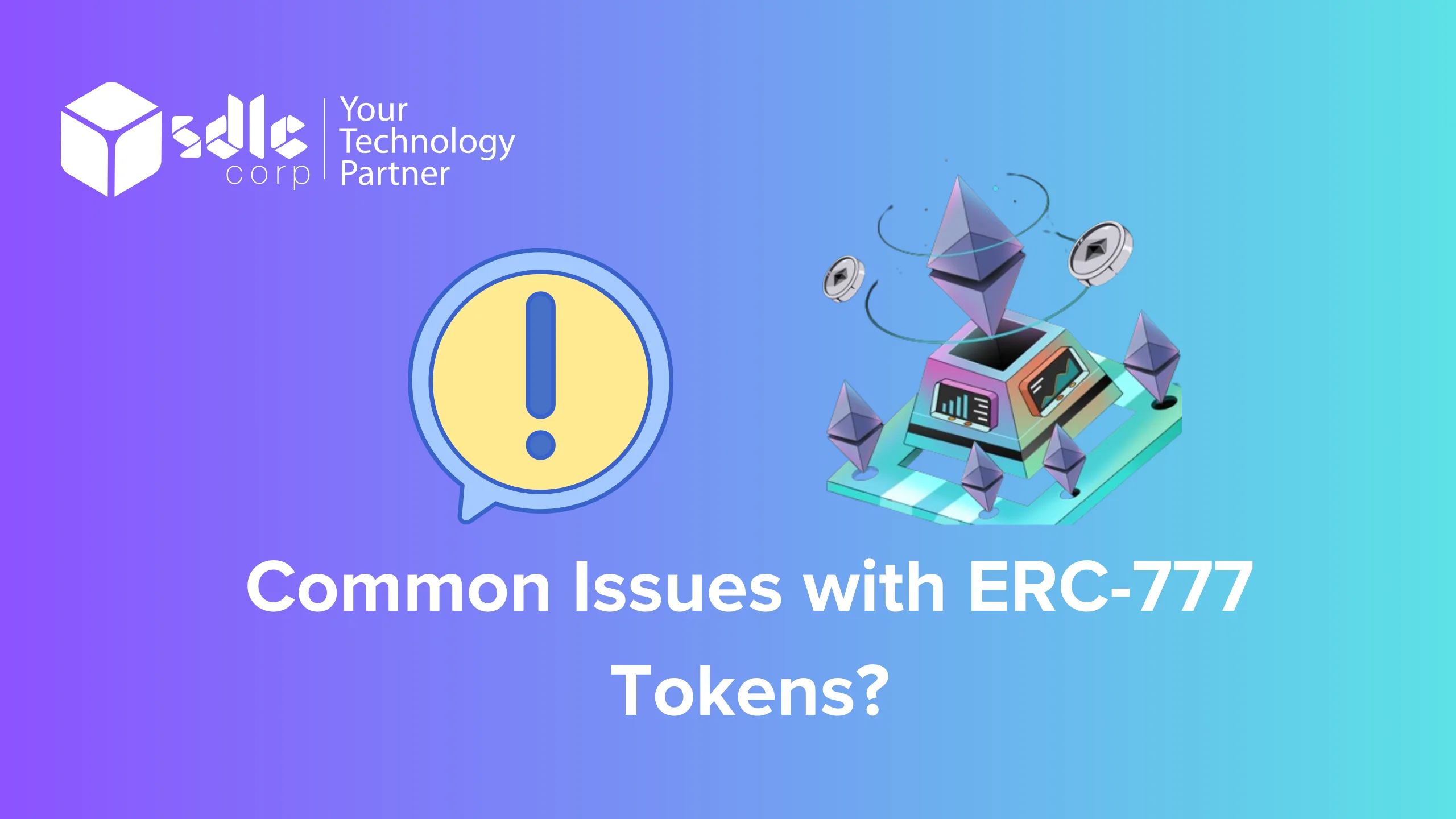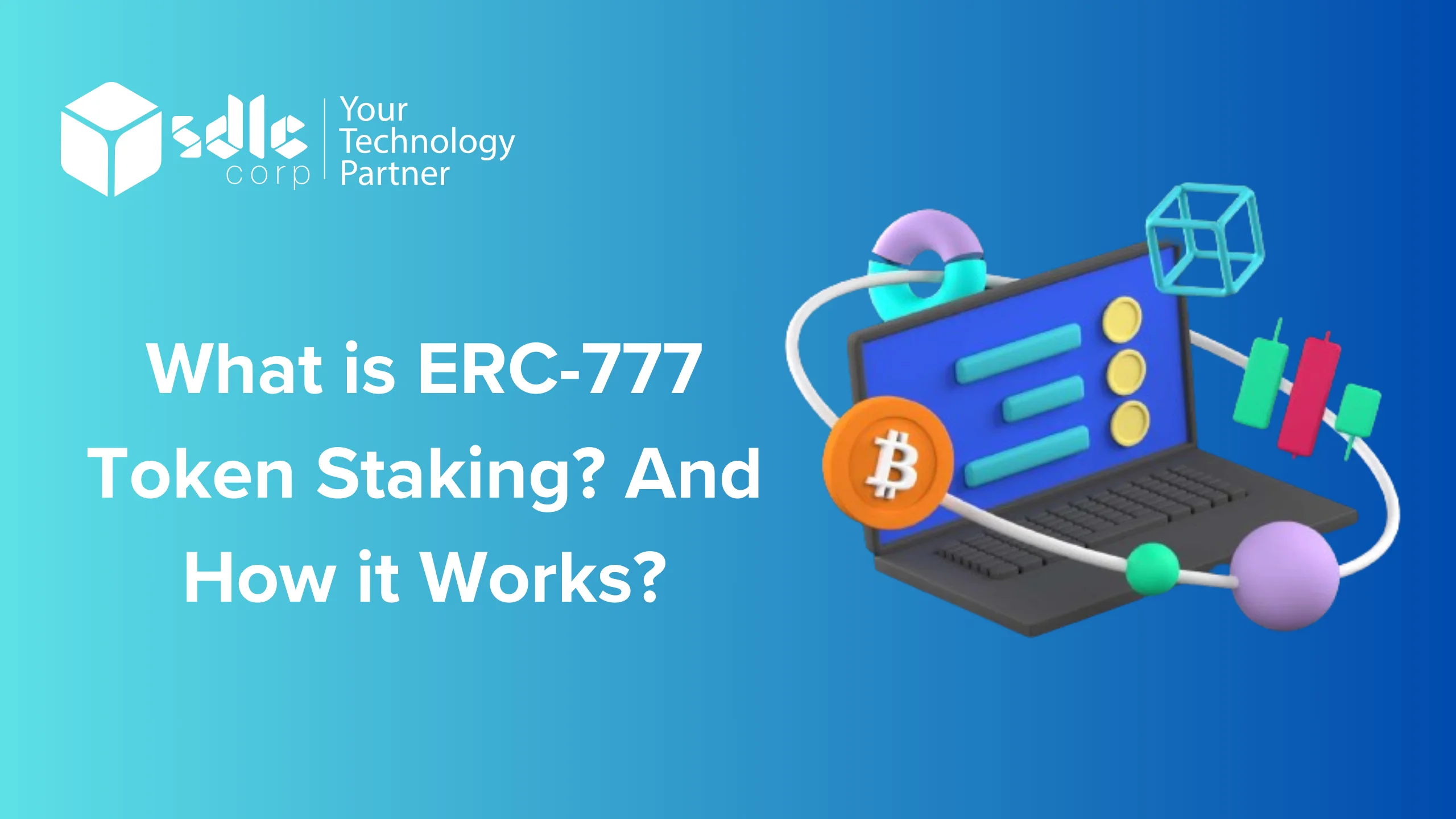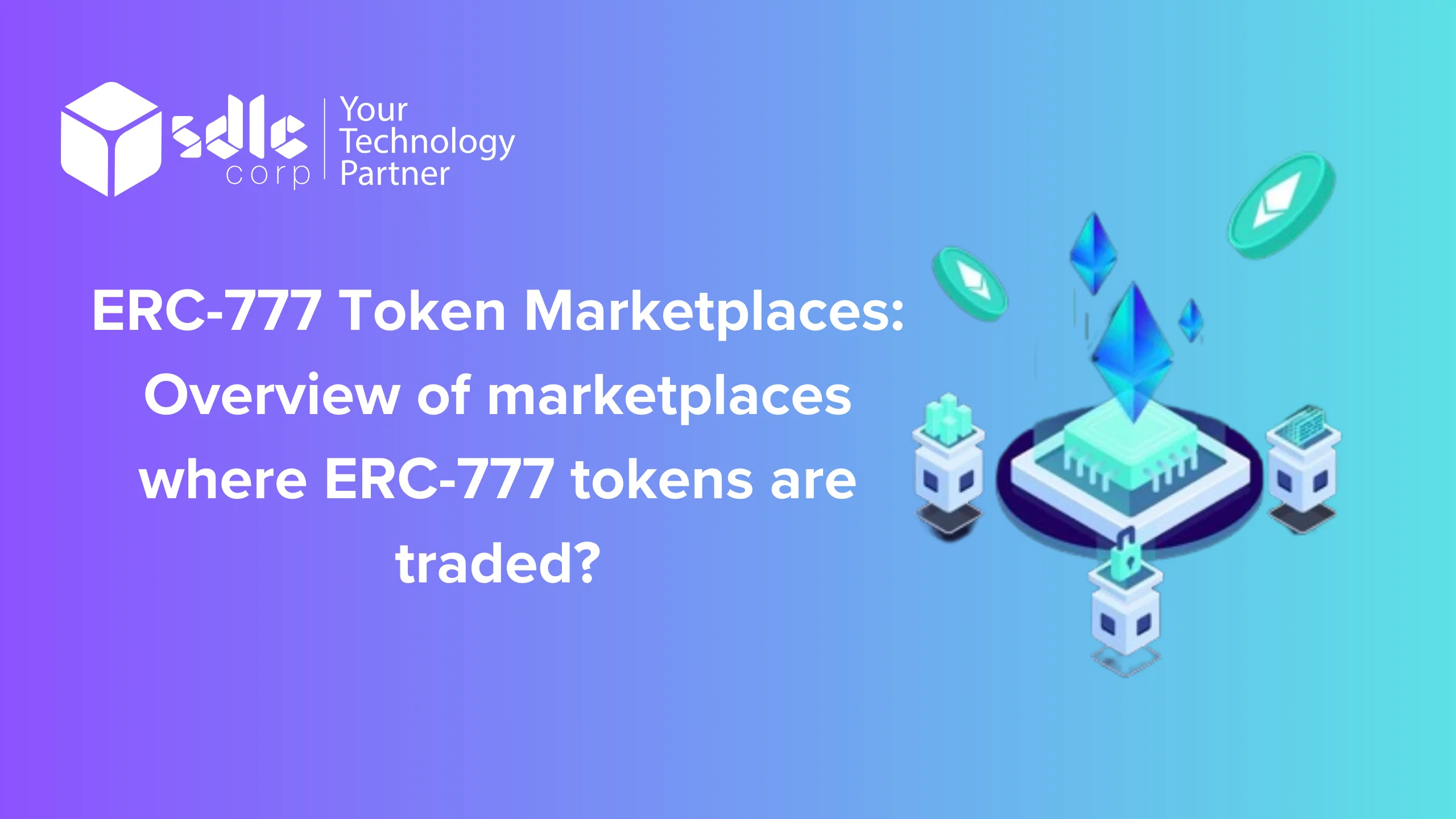NFT Marketplace Financial Model
NFT Marketplace Financial Model: The development and growth of blockchain technology in recent years has resulted in the production of distinctive digital assets known as Non-Fungible Token (NFTs). NFTs are unique digital assets that are verified on a blockchain, making them precious and uncommon. The growth of NFT marketplaces has accelerated with the rise in appeal of NFTs. Users are able to purchase, sell, and trade NFTs on these marketplaces.
It’s important to understand the NFT marketplaces’ financial strategy as NFTs continue to take off. Marketplaces for NFTs make money in a variety of ways, including transaction fees, listing costs, and premium features. NFT marketplaces’ financial models have the potential to be successful, but it’s essential for participants to take into account any dangers and difficulties that may be caused by any adverse action taken by them. To better comprehend how the NFT Marketplace financial model operates and what it means for both creators and collectors, it is essential to examine all of its various aspects.
NFT Marketplace has become a popular platform for investors, collectors, and artists to buy, sell, and exchange digital assets. There are many financial models that can be used to make money and support the network. We’ll look at a few of the various financial models that NFT marketplaces employ.
Maximize NFT Marketplace Profits! Explore Our Model Now!

Commission-Based Model
The most common financial strategy employed by NFT marketplaces is the commission-based model. In this approach, the platform charges a fee based on a percentage of each transaction. For example, if a buyer purchases an NFT for $1,000, and the platform charges a 2.5% commission fee, the platform would earn $25 in revenue from that transaction.
Usually, before the seller is paid for the NFT, the commission charge is subtracted from their earnings. In other words, the buyer pays the sale price plus the commission fee, and the seller gets the sale price less the commission fee. Depending on the platform and the kind of NFT being sold, the commission charge can change, but it typically falls between 2% and 5%.
There are several benefits to the commission-based strategy. The first benefit is that it enables the platform to generate income without having to spend money on producing or marketing NFTs. This allows the platform to concentrate on delivering a top-notch user interface and market without having to shoulder the risks and expenses related to developing and selling NFTs (NFT Marketing Strategy Complete Guide).
Second, the commission-based strategy aligns with the interests of the platform and the sellers. The platform has an obligation to make sure that NFTs are priced fairly and that buyers are willing to pay more for high-quality assets because the platform receives income based on the selling price of the NFTs. Long-term, this may assist to maintain a flourishing and healthy market.
The commission-based model is also expandable, allowing the platform to increase its income as the marketplace expands and more transactions take place. The network generates more income as more users sign up and more NFTs are made available for purchase without needing to add more infrastructure or resources.
The commission-based business strategy, however, may also have some disadvantages. One concern is that some sellers might think the commission charge is too expensive and decide to sell their NFTs on another platform with lower fees. Another issue is that the commission-based model might encourage the platform to prioritise higher-value NFTs, possibly neglecting lower-value or up-and-coming artists.
The Commission-based model, which offers a scalable and sustainable income stream while aligning the platform’s interests with those of the sellers, is generally a well-liked and successful financial model for NFT marketplaces.
Subscription Model
Yet another popular financial strategy that NFT marketplaces employ to make money is the subscription model. In this strategy, customers must periodically pay a fee in order to use particular marketplace features or services. A transaction-based model, in comparison, charges users a fee for each transaction they conduct on the platform.
There are various ways that the subscription strategy can be implemented in an NFT marketplace. Here are some potential examples:
1. Premium Access
By purchasing a subscription, users might have access to particular elite features or services on the market. For instance, they could have access to advanced analytics, first-class client service, or restricted NFT drops. The particular features and advantages would vary depending on the market.
2. Creator Tools
The NFT marketplace may provide a subscription plan that grants users access to exclusive tools and resources if it is committed to assisting writers, artists, and other creators. For instance, creators might have access to specialised analytics, marketing assistance, or custom branding options that help them expand their brand and community.
3. Investor Access
Access to exclusive investment possibilities may be a major emphasis of some NFT marketplaces. In this situation, a subscription plan might grant investors access to exclusive collaborations with well-known creators or pre-sale NFT drops as premium investment choices. Investors may also have access to specialised analytics and study that aids in their decision-making.
4. Platform Access
Last but not least, some NFT marketplaces may merely charge a subscription price for access to the platform itself. This may resemble a conventional SaaS (software as a service) business model where customers pay a monthly or yearly fee to access the features and services of the marketplace. This might include functions like user profiles, transaction histories, and search capabilities.
In general, NFT marketplaces prefer the subscription strategy because it offers a steady flow of recurring income. In a sector like NFTs, where transaction amounts can be unpredictable and based on elements like market sentiment and creator activity, this can be extremely critical. Marketplaces can make money by charging a subscription charge even during periods of poor transaction volumes or a downturn in the market.
It’s important to remember that a subscription model’s ability to succeed significantly relies on the value it offers users. Users are more likely to continue paying the subscription fee if they believe they are receiving useful features and services. However, users may shift and seek alternatives if the subscription fee feels expensive or the advantages don’t outweigh the cost. As a result, in order to maintain the viability of their business strategy, NFT marketplaces must carefully balance the cost of the subscription with the value it offers to users.
Explore our other insights!

What is a SolSea Marketplace and How Does NFT Works?
What is a Solsea Marketplace and how does NFT works This post will look at how SolSea works
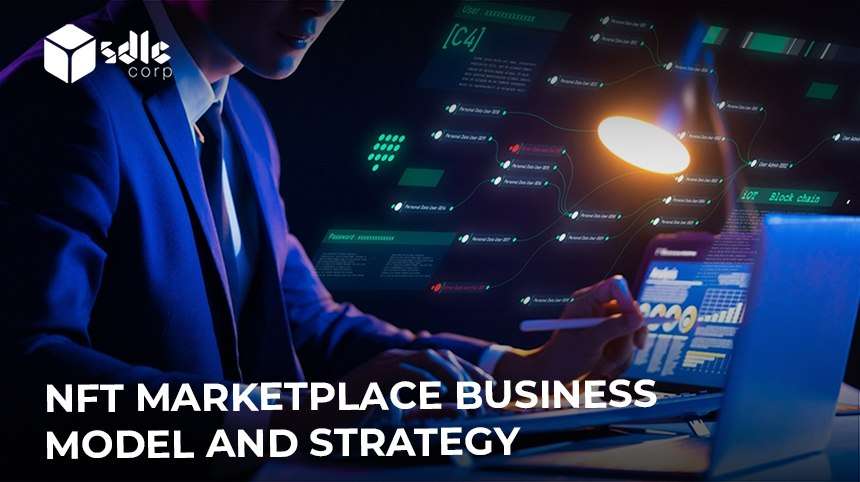
NFT Marketplace Business Model and Strategy
NFT Marketplace Business Model and Strategy NFT Marketplace Business Model: Non-Fungible Tokens (NFTs) have become a common way
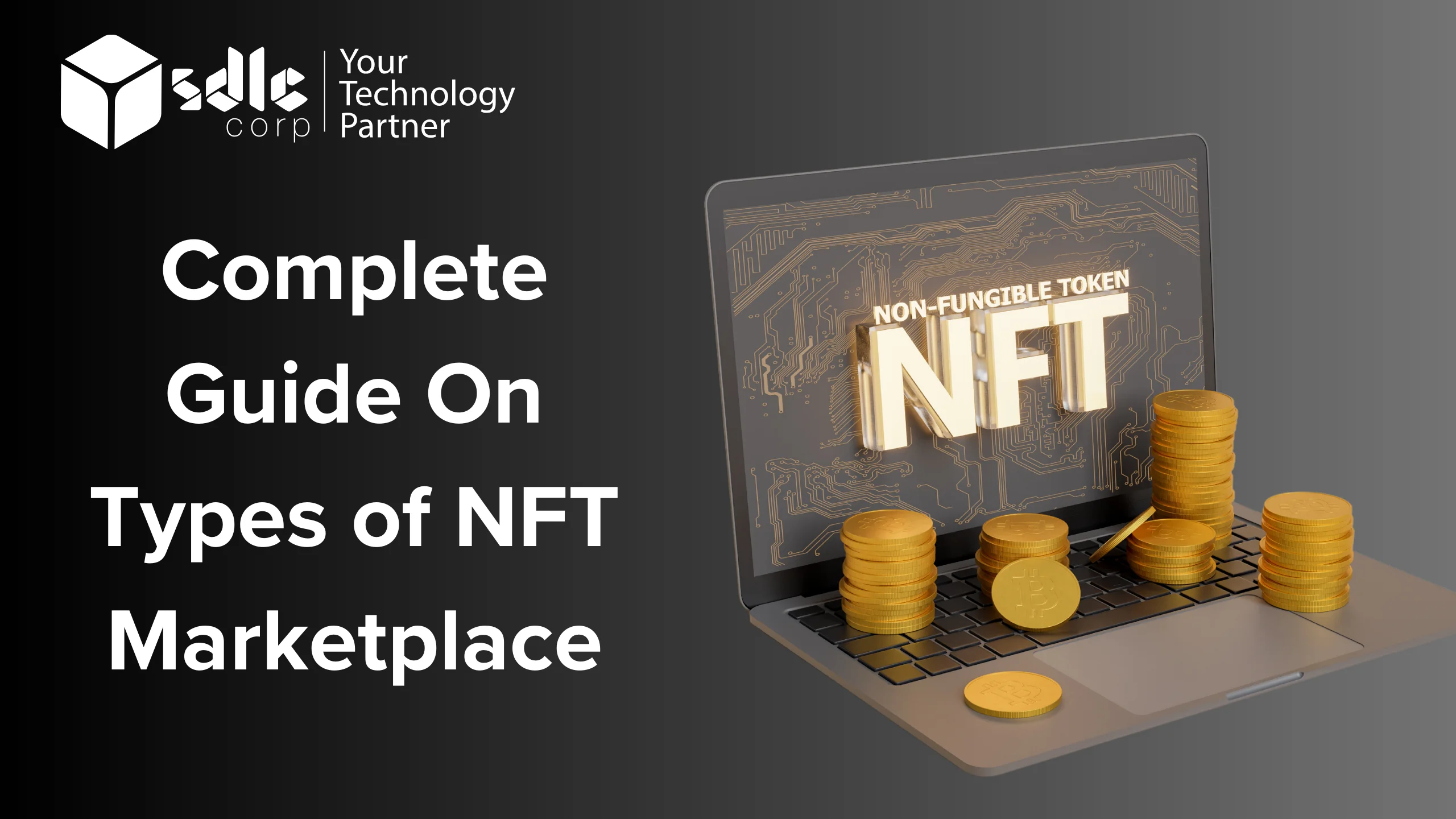
Complete Guide On Types of NFT Marketplace
Complete Guide on types of NFT Marketplace Types of NFT Marketplace: NFTs are unique digital assets that are
Listing Fee Model
NFT marketplaces frequently use the Listing Fee Model as a financial strategy to make money. To list their NFTs on the market, creators or sellers in this scheme must pay a fee. For each entry, there may be a one-time fee or ongoing costs.
Market to market can have different fee structures. While other marketplaces may charge a percentage of the selling price, some may impose a flat fee for each listing. The sort of NFT being offered or the degree of promotion the seller desires for their listing may also affect the fee.
NFT marketplaces prefer the Listing Fee Model because it brings in money for the site without taking a cut of the selling price. In an industry like NFTs, where sale costs can be high and taking a percentage of each transaction may be less appealing to creators and sellers, this can be extremely important. The marketplace can make money by charging a listing charge whether or not the NFT sells.
However, the benefit that the Listing Fee Model offers to creators and sellers is crucial to its success. Creators and sellers have the option of listing their NFTs elsewhere if the fee is too expensive or the advantages of doing so are unclear. As a result, in order to maintain the viability of their business strategy, NFT marketplaces must carefully balance the cost of the listing fee with the value it offers to users.
Overall, the Listing Fee Model may be a dependable source of income and operational assistance for NFT marketplaces. The marketplace can cover its expenses and make investments in expansion and growth by charging a fee for each listing. In order to give users value and guarantee that the market stays competitive and appealing to both creators and buyers, the fee structure must be carefully crafted.
Auction Model
Many NFT marketplaces use the Auction Model as a financial model to streamline the selling of NFTs. In this approach, NFTs are bought and sold through a procedure that resembles an auction. The NFTs are up for bid, and at the close of the sale, the item goes to the highest bidder.
Using the auction model in an NFT market has a number of advantages. The sale of the NFT is first given a feeling of excitement and urgency. If buyers believe they are bidding against other buyers to obtain an NFT, they may be more motivated to do so. Second, by using the auction model, it is possible to guarantee that NFTs are sold for their actual market worth. If there are several bidders for an NFT, the market desire for that NFT will be reflected in the final sale price.
Different kinds of auctions may be used by NFT marketplaces (Everything You Need To Know Concerning The NFT Marketplace) to sell NFTs. Here are some potential examples:
1. English Auction
In this style of auction, buyers make successively higher bids on a non-financial transaction (NFT), each one surpassing the prior one. The highest bidder receives the NFT when no further offers are submitted within the predetermined time limit.
2. Dutch Auction
In a Dutch Auction, the seller sets the NFT’s beginning price and then progressively cuts it until a buyer chooses to buy it. The bidding is won by the initial purchaser of the NFT at the going rate.
3. Vickrey Auction
Bids for NFTs are made in a secured envelope at a Vickrey Auction. The highest bidder receives the NFT but must pay the price of the second-highest offer. Since they only have to pay the second-highest price in this kind of auction, buyers are encouraged to offer their actual maximum price for the NFT.
The Auction Model appeals to NFT marketplaces in general because it instills a sense of urgency and excitement in the selling of NFTs. Additionally, it can help guarantee that NFTs are sold for their real market value, which is advantageous for both buyers and sellers. However, the level of interest in the NFT being offered determines how well the auction model performs. The NFT auction may not bring in much money for the vendor or the marketplace if there is little interest in it. As a result, before choosing to sell an NFT through an auction, NFT marketplaces must closely consider the demand for an NFT.
Hybrid Model
Some NFT marketplaces use a hybrid financial strategy that combines aspects of the subscription model and the listing fee model. According to this model, creators or sellers must pay a subscription fee in order to access specific marketplace features or advantages, but they must also pay a listing fee when they decide to post an NFT for sale.
The subscription charge can offer sellers and creators a number of advantages, including more exposure for their listings or access to more tools and resources for developing and promoting NFTs. The listing charge, on the other hand, may be a flat rate or a percentage of the sale price and is used to pay the costs associated with listing the NFT on the marketplace.
NFT marketplaces prefer the hybrid model because it produces income from both subscriptions and listings, which can result in a more consistent income stream than relying solely on one model. Additionally, the subscription fee can foster a feeling of loyalty among creators and sellers because they might use the marketplace longer if they believe they are receiving their money’s worth.
The Hybrid Model, however, can also be complicated and might require more work from the market to handle. It can be difficult to create a subscription model that offers creators and sellers enough value to make the cost worthwhile while also making sure that the listing charge is not too expensive that it deters them from listing NFTs on the market. The Hybrid Model may also need more resources and customer support to handle various payment structures and features.
In general, NFT marketplaces that want to make money from both subscriptions and listings may find the hybrid model to be a flexible and adaptable financial strategy. Marketplaces can draw and keep users while also covering their expenses and making investments in expansion and development by providing a variety of advantages and features to both creators and sellers. To make sure that the strategy is sustainable and beneficial to all parties, careful thought and planning are required.
NFT Marketplace Growth
NFTs, or non-fungible tokens, have become extremely famous since 2021. In less than two years since the advent of NFTs, approximately $46 billion US dollars have been exchanged for NFTS. ($46,249,875,524.81 to be precise, based on NFTgo)
And the hub of all of this buying activity is the NFT marketplace. The ability to buy, sell, and mint all in one location is made possible by marketplaces.
According to Forbes, the largest NFT marketplace, OpenSea, recently got a $13 billion valuation and will generate more than $82 million in revenue in January 2022 with just 70 employees.
Optimize NFT Marketplace ROI! Explore Our Financial Model Today!

The Financial Model of NBA Top Shot Marketplace
NBA Top Shot is a blockchain-based marketplace where users can purchase, sell, and exchange “moments,” or digital souvenirs that feature highlights from NBA games. The marketplace’s main sources of income are trade costs and platform income.
Transaction Fees
NBA Top Shot levies a transaction fee that varies from 2.5% to 5% when users buy or sell moments on the platform. NBA Top Shot, for instance, would charge a transaction fee of $2.50 to $5.00, based on the fee percentage, if a user purchased a moment for $100.
Platform Revenue
NBA Top Shot also generates income through a variety of relationships in the advertising and sponsorship industries. For instance, to produce and share moments starring NBA players, NBA Top Shot collaborated with the NBA and NBPA (National Basketball Players Association). Through these collaborations, NBA Top Shot earns money in the form of profits and licensing fees.
Additionally, NBA Top Shot has made money by selling special sets and limited edition moments. For instance, NBA Top Shot has made available Legendary” plays from NBA history, which are frequently offered for a higher price. The platform earns more money thanks to these special times.
The selling of “Flow,” NBA Top Shot’s own native cryptocurrency that is used to speed up platform transactions, also generates income for the company. A part of the Flow cryptocurrency is held in reserve by NBA Top Shot, and as the value of Flow rises, so does the platform’s income.
NBA Top Shot Marketplace generates platform income primarily from licensing agreements, advertising partnerships, sales of its native cryptocurrency, and limited edition moments.
The Financial Model of Axie Marketplace
Axies, virtual animals in the blockchain-based game Axie Infinity, can be purchased and sold on the Axie Marketplace. The market employs a decentralised finance (DeFi) paradigm, which calls for the use of smart contracts on the Ethereum blockchain to carry out transactions. The Axie Marketplace is a decentralised network, so it doesn’t make money from transactions directly.
However, the Axie Infinity community as a whole has a number of revenue-generating options:
Axie Infinity Token (AXS)
The Axie Infinity ecosystem’s native currency, known as AXS, is used for a variety of functions, including transaction fees, governance, and staking. AXS can be purchased on cryptocurrency exchanges, and quantity and demand determine the token’s price. The Axie Marketplace gains from the increased use of the token within the ecosystem, but it does not immediately profit from the purchase or sale of AXS.
Breeding Fees
Players must spend a breeding fee in order to cross two axes to produce new virtual creatures. A part of the breeding fee, which is paid in AXS and forever removed from circulation, is burned. Breeding fees do not immediately generate income for the Axie Marketplace, but it does profit from the rise in demand for Axies brought on by players who wish to breed their creatures.
Marketplace Fees
The Axie Marketplace levies a fee for listing axes for sale, but it does not levie transaction fees for purchasing and selling axes. The fee is given in AXS, and a portion of it goes towards community building and other projects within the Axie Infinity ecosystem. The Axie Infinity Treasury and the marketplace operator each receive 4.25% of the selling price as the current fee.
Governance
Decentralized governance is a feature of the Axie Infinity ecosystem, allowing token holders to cast votes on various proposals pertaining to the platform’s future growth. The Axie Marketplace does not earn revenue directly from governance, but it benefits from the active participation of token holders, who help to shape the direction of the ecosystem which eventually benefits the marketplace.
The Axie Marketplace employs a DeFi strategy and does not make money directly from platform transactions. The AXS token auction, breeding costs, marketplace fees, and governance are just a few of the ways the ecosystem as a whole makes money. The expansion and development of the Axie Infinity ecosystem are financed in part by these revenue sources.

Conclusion
In conclusion, the NFT marketplaces‘ finance model is still developing and open to change as the sector expands and diversifies. The existing models include a variety of revenue streams, including transaction fees, advertising fees, and secondary market fees, with the possibility of future revenue streams as well.When developing their financial models, NFT marketplaces should take into account aspects like user experience, security, and liquidity because these can have a big influence on the platform’s success. Marketplaces should also take their target audience’s needs into account and work to develop a fair and easily accessible platform that benefits both buyers and vendors.
It will be interesting to see how NFT marketplaces develop and adapt to satisfy the shifting needs of their users as the use of NFTs grows.
FAQs
1. What are the typical revenue streams for NFT marketplaces?
Transaction fees, listing fees, and secondary market fees are the usual revenue sources for NFT marketplaces. Additionally, some marketplaces might charge a price for premium services or features.
2. How do NFT marketplaces determine transaction fees?
NFT marketplace transaction costs are usually calculated as a percentage of the final sale price. The precise figure may change based on the market, but it typically falls between 2-10%.
3. Do NFT marketplaces charge listing fees?
Yes, a lot of NFT marketplaces charge creators a listing fee in order to post their NFTs for sale on the site. Depending on the market and the kind of NFT being listed, the listing fee’s quantity may change.
4. Can NFT marketplaces generate revenue from the secondary market?
Yes, some NFT marketplaces now impose secondary market fees when an NFT is resold on the platform. The fee, which is usually a percentage of the sale price, can bring in a lot of money for the market.
5. Are there any other revenue streams that NFT marketplaces can explore?
Yes, NFT marketplaces can explore a variety of other income streams, including charging a premium for premium services or features, working with brands to sponsor content, or even developing their own NFTs to sell on the platform. Before implementing any new revenue streams, it is crucial for marketplaces to closely consider the possible impact on their user base.









